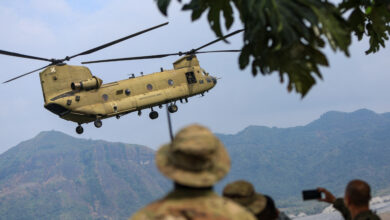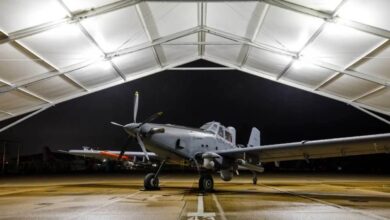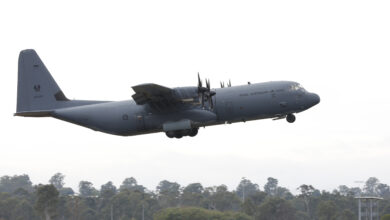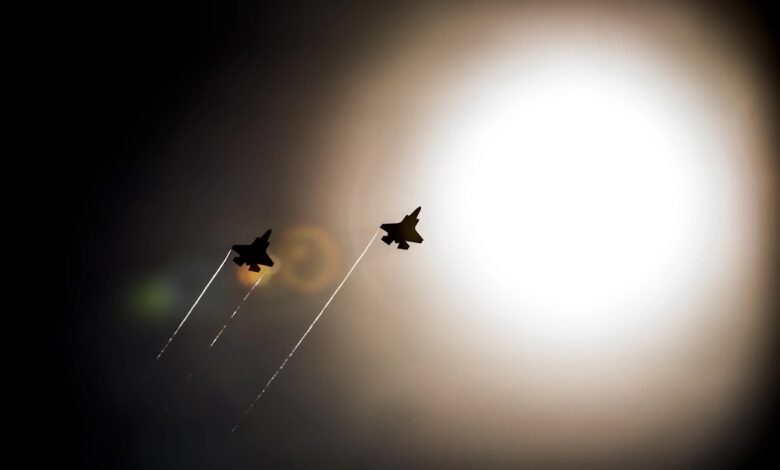
Established under the National Security Act of 1947, the Air Force was created with a crystal clear, singular purpose: to provide the United States with a corps of professionals dedicated to controlling and exploiting the air domain to secure the nation’s interests.
Today, the service faces perhaps its toughest-ever challenges to gaining and maintaining control of the air, and it must rise to meet those challenges. This is the USAF’s sacred, non-negotiable commitment to the nation. Failure is not an option.
Air Force senior leaders must unequivocally commit to this founding purpose, in both word and deed, beginning with a commitment to the Next Generation Air Dominance (NGAD) program — the initiative to create a “family of systems” to ensure continued ability to control the air. Otherwise, one must question why the nation has an Air Force.
The Importance of Air Superiority
Air superiority is the bedrock of American military operations. It provides boundless options for the US military and its allies and partners, allowing air, maritime, and land forces to operate unimpeded by enemy threats. Without it, friendly forces are left vulnerable, dependent on the whims of adversaries.
The historical record is clear: for seven-plus decades, the US Air Force consistently maintained air superiority over every battlefield where it was called upon. This dominance enabled other Air Force missions, such as mobility, intelligence, surveillance, reconnaissance (ISR), and strike operations, while also allowing land and naval forces to maneuver in their domains without fear of being either surveilled or attacked from above.
Today, new challenges are leading some to question the viability of the Air Force’s foundational mission — including some of the Department’s most senior leaders. These views are misguided.
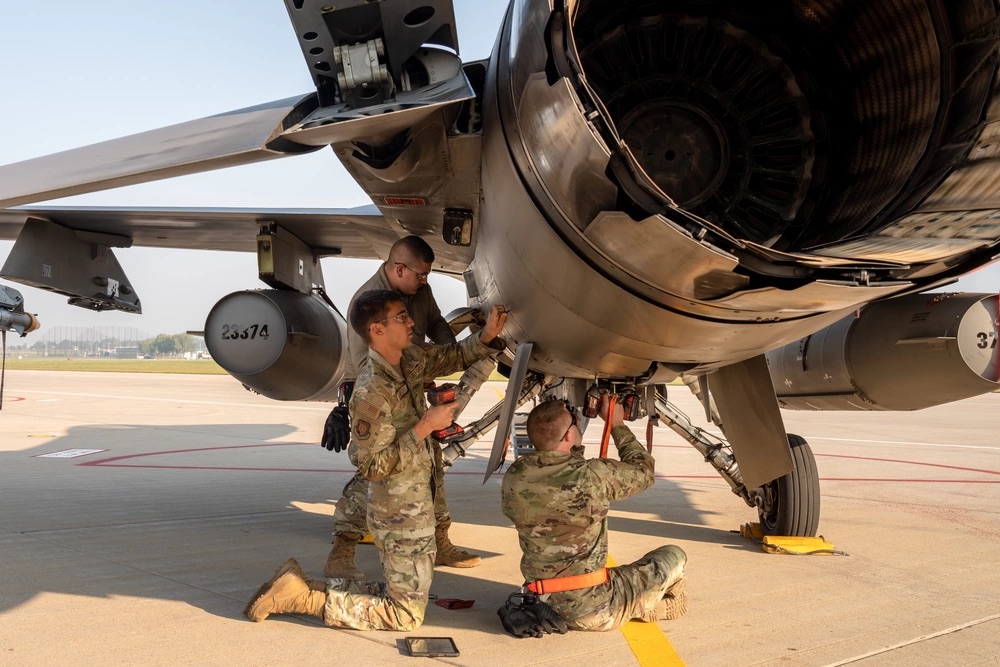
Arguments Against the Air Force’s Core Purpose
Common themes voiced by air superiority naysayers include ubiquitous sensing, allowing adversaries to find and fix air force assets on the ground and in the air, and voluminous, precise long-range fires, allowing adversaries to effectively target air force assets in the air and on the ground at scale.
Naysayers also cite the proliferation of affordable unmanned systems that allow state and non-state actors to “flood the zone” with countless low-cost systems to overwhelm traditional, higher-priced air superiority assets, including ground-based missile defense systems, as justification for their position.
The ongoing conflict between Ukraine and Russia – one in which neither side has gained control of the air – is used as a common validation of these arguments. This analysis draws the exact opposite lessons the US Air Force must learn.
It is true neither Ukraine nor Russia has achieved air superiority, resulting in a protracted, land-centric war of attrition, and it is equally true the challenge of controlling the skies over any potential battlefield in the Indo-Pacific is daunting, but these are actually arguments for and not against investments such as NGAD.
The failures of both Russia and Ukraine are not due to ubiquitous sensing, long-range fires, or swarms of drones but rather to fundamental flaws in the “Soviet way of war.”
Both Russian and Ukrainian Air Forces are treated as artillery arms of the land force rather than independent pieces of an integrated joint force executing a campaign to achieve strategic objectives. Failures on both sides to effectively organize, train, equip, and utilize their Air Forces has resulted in the current stalemate.
The lesson is not to walk away from the tools necessary to control the air domain in favor of fielding more drone and counter-drone capability. Rather, the USAF should double down on ensuring its Airmen have what is needed to effectively gain air superiority as rapidly as possible at the outset of any conflict. This begins with the NGAD program.

Pacing, Not Chasing, Threats
America’s adversaries are committed to matching our technology, and they are building a network of ubiquitous sensors and precise long-range fires in the hope we will flinch. Without a commitment to NGAD, we play right into their hands.
If the US Air Force chases rather than paces the threat, it is doomed to fail.
Pacing the threat requires a commitment to building and fielding the most capable air superiority force that the US, allies, and partner industries can produce… a commitment to NGAD.
NGAD Cuts – The Wrong Message
Unfortunately, recent cuts to the NGAD program raise serious concerns about the Air Force’s commitment to its founding purpose. Furthermore, such cuts negatively incentivize sister services to divert precious investment dollars to “cover down” on an Air Force responsibility rather than investing in securing their primary fighting domains.
To wit, the Army, Navy, and Marine Corps have each increased investments in long-range fires and associated enabling infrastructure, as well as enhanced defensive measures, all under the assumption the Air Force can no longer provide air cover for the Joint team.
The Role of Policy
The most capable Air Force is useless if its hands are tied with policy constraints. Military leaders must advise policymakers on the authorities required to gain and maintain air superiority vis-a-vis a peer competitor. Investments are useless if policymakers are not committed to unleashing the power of their Airmen.
Harnessing Innovative Technologies
On August 5, Gen (ret) Mark Milley and Eric Schmidt released an article in Foreign Affairs Online titled “America Isn’t Ready for the Wars of the Future.”
While I agree with their points on the need to leverage artificial intelligence and drones, reform the Department of Defense’s acquisition system, and capitalize on the US’ one-of-a-kind innovation ecosystem for the good of national defense, I disagree that the era of “shock and awe” campaigns is finished.
Technology changes, as the authors duly noted, but the principles of war have proven timeless. A commitment to NGAD is a commitment to arming America’s Airmen with the exact game-changing technologies advocated by Gen Milley and Mr. Schmidt.
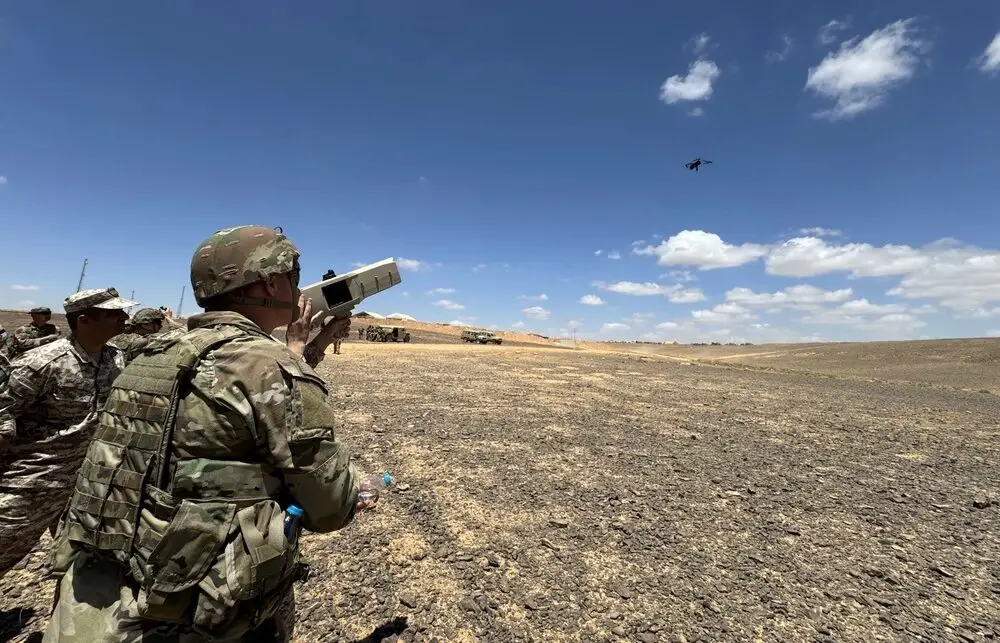
Conclusion
Air Force senior leaders must reaffirm their commitment to the Service’s core mission of controlling the air by providing Airmen with the tools necessary to accomplish the mission, beginning NGAD.
Fielding NGAD arms policymakers with a credible deterrent, assures America’s allies and partners, and allows sister services to focus investments on core missions in their domains.
 General Charles S. Corcoran is a retired US Air Force Major General with over 31 years of military service, culminating in his most recent role as Assistant Deputy Chief of Staff for Operations at USAF Headquarters (HQ) in Washington, DC.
General Charles S. Corcoran is a retired US Air Force Major General with over 31 years of military service, culminating in his most recent role as Assistant Deputy Chief of Staff for Operations at USAF Headquarters (HQ) in Washington, DC.
Prior to that position, General Corcoran was the Commander of the US Air Force Warfare Center, Nellis Air Force Base, Nevada.
The views and opinions expressed here are those of the author and do not necessarily reflect the editorial position of The Defense Post.
The Defense Post aims to publish a wide range of high-quality opinion and analysis from a diverse array of people – do you want to send us yours? Click here to submit an op-ed.


